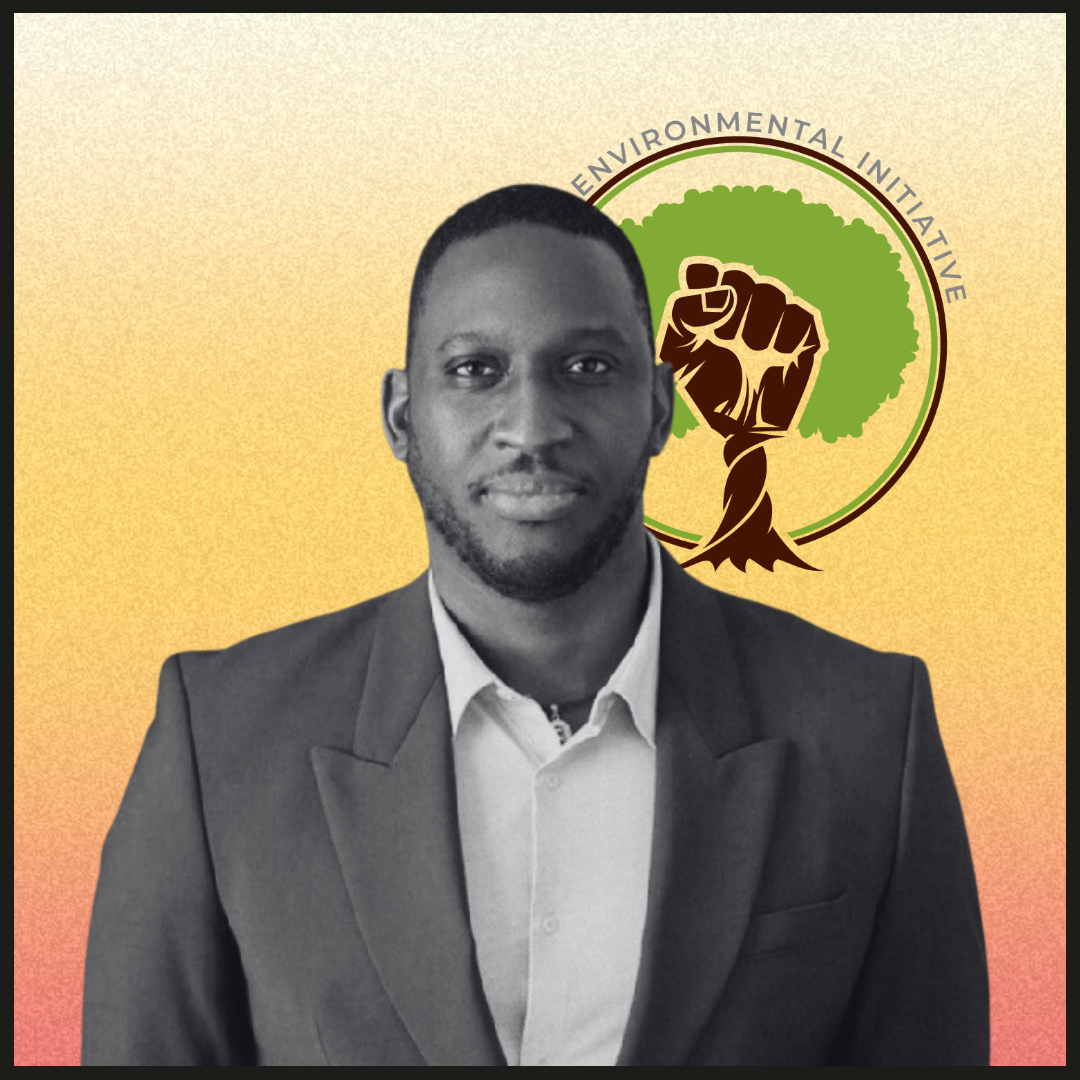Climate Justice
Contrary to common belief, the term “climate justice” actually emerged from the environmental justice movement in the 1980s. Like “environmental justice”, “climate justice” concerns the fact that certain communities are disproportionately impacted by environmental issues. So, for example, think of poorer air and water quality in low-income areas. However, rather than being focused on local issues such as air and water pollution, climate justice is mostly concerned with the unequal impact of climate change.
One way of understanding what climate justice and environmental justice are, is to look at the important differences between them. Climate and environmental justice aren’t separate: they are highly connected concepts that describe very similar realities. However, their differences can help to highlight how solutions need to be customised to different contexts.
In most cases, and especially in the Global South*, climate justice issues and environmental justice issues happen at the same time. For instance, a poor country can be experiencing the impacts of desertification* as the result of long-term exploitation of its natural resources, while the same country also has to deal with present day environmental crimes committed by the same industry. However, the two come apart in important ways. Firstly, each is concerned with slightly different issues. Environmental justice issues concern the multiplication of issues of air, water, and soil pollution, access to green spaces, maintenance of infrastructure, and access to healthy options in “racialised” communities, compared to a white community. Climate justice, on the other hand, concerns issues such as the crisis of climate migrants, the loss of small island nations, energy colonialism*, and the impact of climate change on women, seniors, and children around the world.
Because these issues tend to be different or on a different scale, solutions also differ. Climate change is only indirectly caused by industry over a long period of time. As a result, climate justice responses tend to focus on reversing long-term economic and social injustices, and we can rarely address climate justice issues right away. By contrast, environmental justice issues can generally be traced back to specific perpetrators, and so environmental issues can be stopped by putting pressure on these perpetrators (think nuclear waste incidents, for example).
Secondly, environmental justice is committed to applying a racial lens to environmental issues. That is, to understand them, in part, as being connected to or caused by issues surrounding race. On the other hand, climate justice is more often tied to a clash between rich and poor countries or communities. As such, it’s possible to do climate justice work without applying a racial lens to the issues it concerns.
*Desertification is the process by which fertile land becomes desert. This is generally due to drought, deforestation, or harmful agricultural practices.
*The Global South isn’t really a geographical term: countries like India and China (which are in the northern hemisphere) are part of the Global South, whereas New Zealand and Australia, in the southern hemisphere, are not. You can think of it as replacing the outdated term, “third world”.
*Energy colonialism refers to environmentally friendly projects which infringe on the rights of local peoples in countries and communities in the Global South. Further, it refers to policies which are argued to inhibit the development of these countries, and to be harmful to their economies.
defined by Naolo Charles
he/him
Naolo Charles
Naolo Charles is an environmental communications specialist. He is the founder of the Black Environmental Initiative (BEI). Naolo also co-founded the Canadian Coalition for Environmental and Climate Justice (CCECJ), a coalition launched to support racialized communities affected by pollution and climate change impacts.

